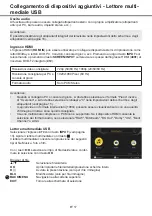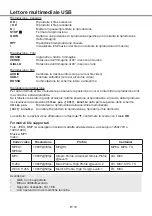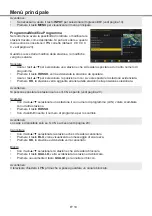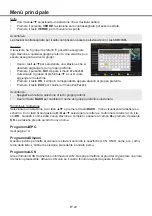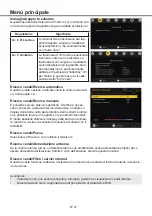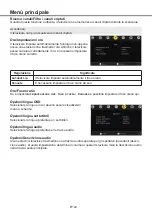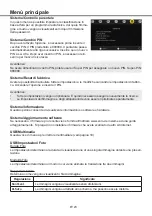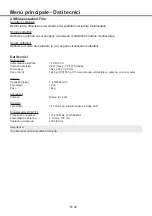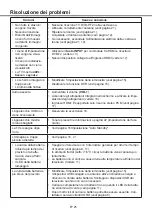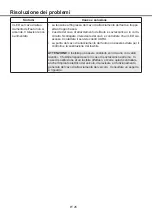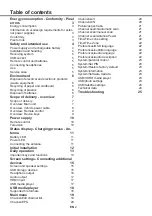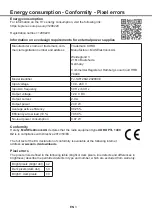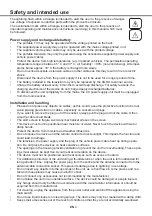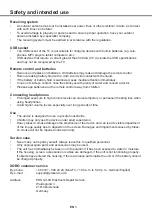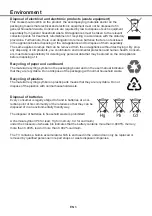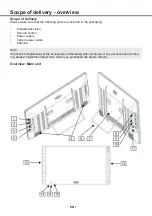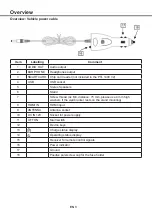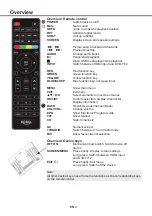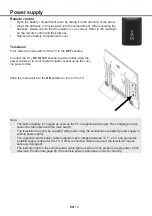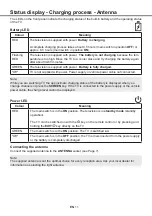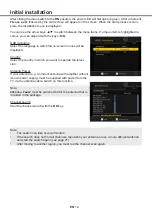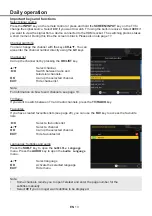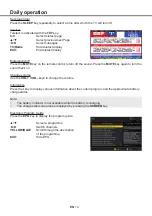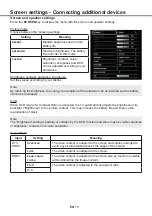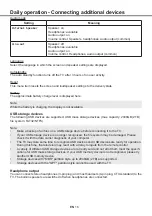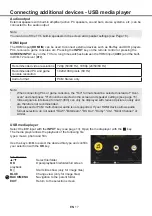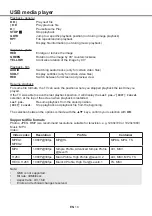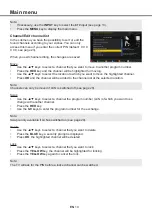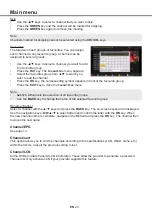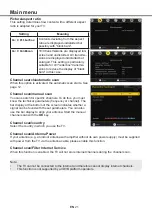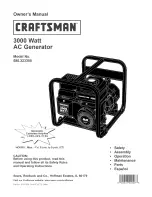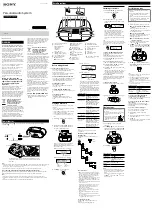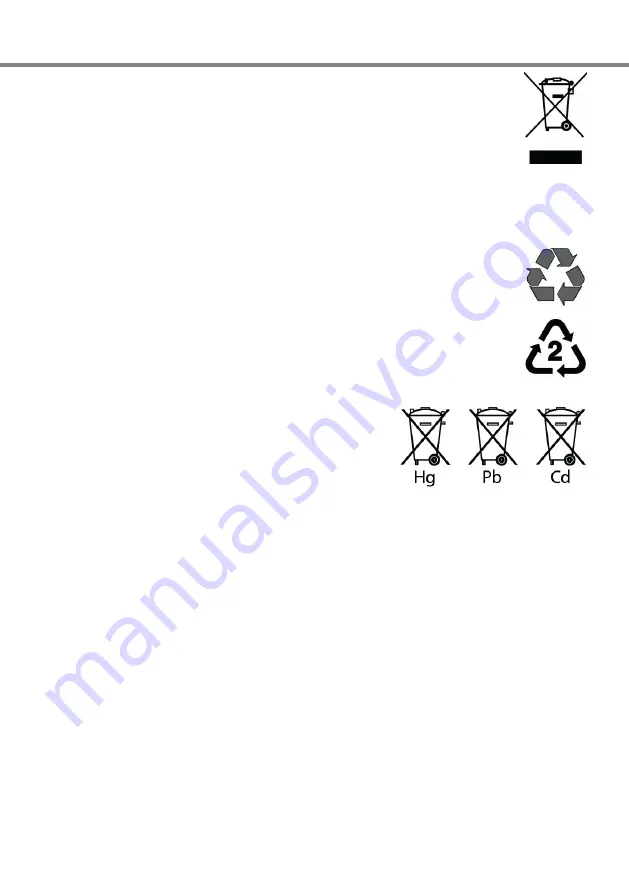
EN
6
Environment
Disposal of electrical and electronic products (waste equipment)
This crossed-out dustbin on the product, the accompanying materials and/or on the
packaging means that electrical and electronic equipment must not be disposed of in
general household waste. Consumers are required by law to dispose of such equipment
separately from general household waste. Old appliances must be taken to the relevant
collection points for treatment, refurbishment or recycling in accordance with the statutory
provisions. Furthermore, there is an obligation to remove batteries that are not enclosed
in the appliance before disposing of the old appliance and to dispose of them separately.
The same applies to lamps that can be removed from the old appliance without destroying it. By prop-
erly disposing of old products, you contribute to environmental protection and human health. Consum-
ers must take responsibility for deleting any personal data that may be stored on the old appliance
before disposing of it.
Recycling of paper and cardboard
The material recycling symbol on the packaging board and on the user manual indicates
that they are recyclable. Do not dispose of the packaging with normal household waste.
Recycling of plastics
The material recycling symbol on plastic parts means that they are recyclable. Do not
dispose of the plastics with normal household waste.
Disposal of batteries
Every consumer is legally obliged to hand in batteries at a col-
lection point of his community or the retailers so that they can be
disposed of in an environmentally friendly way.
The disposal of batteries in household waste is prohibited!
A chemical symbol (Pb for lead, Hg for mercury, Cd for cadmium)
under the crossed-out wheelie bin indicates that the battery contains more than 0.0005% mercury,
more than 0.004% lead or more than 0.002% cadmium.
The TV contains a built-in accumulator which is enclosed in the unit and can only be replaced or
removed by qualified personnel in repair shops or waste disposal companies.

